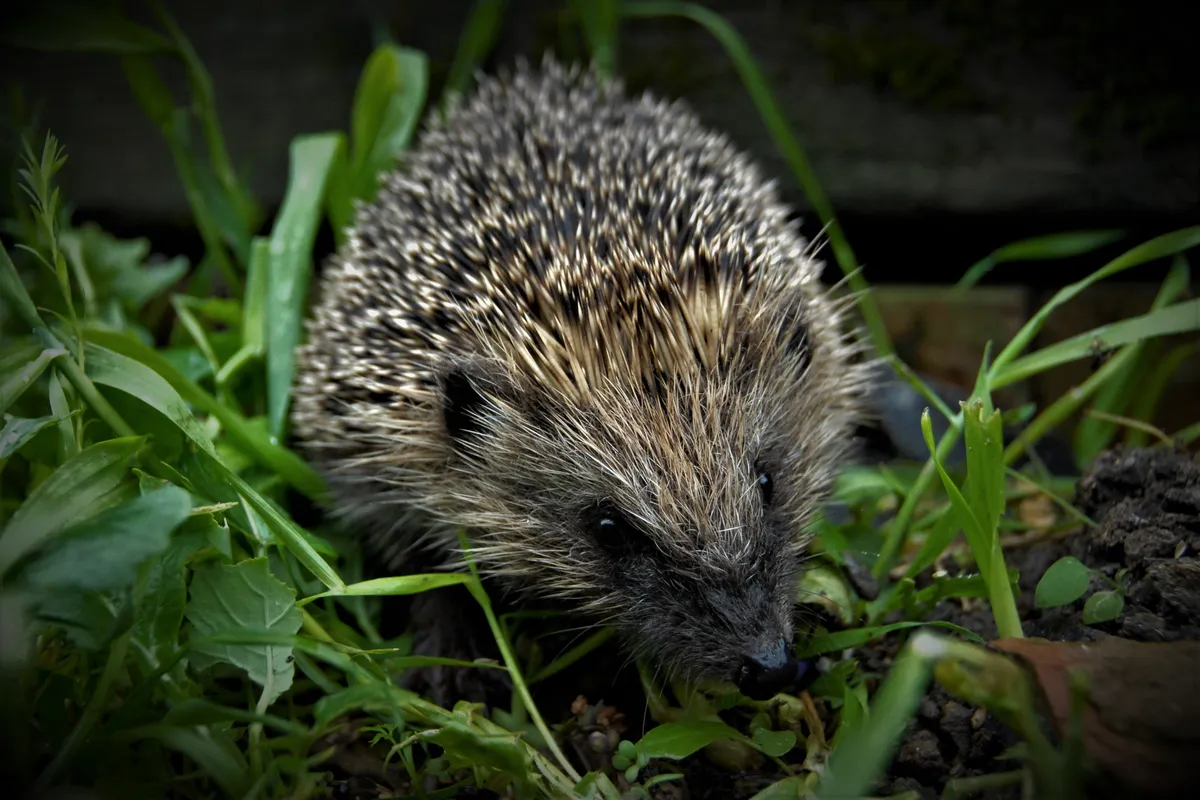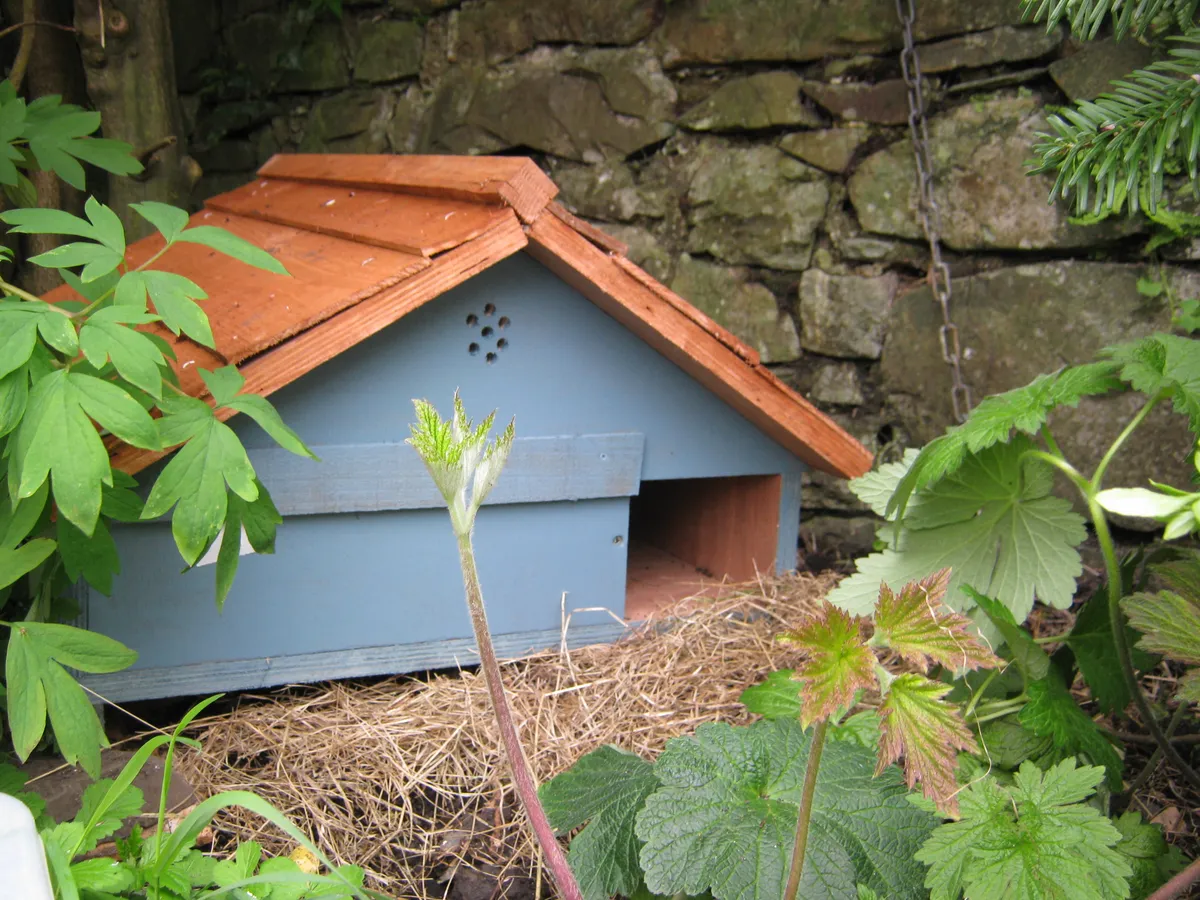Published by the wildlife charities, the People's Trust for Endangered Species (PTES) and The British Hedgehog Preservation Society (BHPS), the State of Britain's Hedgehogs 2022 report shows that hedgehog numbers have plummeted by between 30% and 75% across the rural landscape, with the worst declines in the East Midlands and East of England regions.
This is in “sharp contrast” to urban areas where populations appear to be stabilising and may be recovering, having declined previously.
“Hedgehogs as we know them today have lived here for at least half a million years, but they’re now facing myriad pressures which are causing populations to plummet, particularly in the rural landscape,” says Fay Vass, chief executive of the BHPS. “The reasons for their decline are complex and aren’t yet fully understood, but two of the main pressures hedgehogs face in both rural and urban areas is lack of suitable habitat and habitat fragmentation.”
“Greater awareness, and individual and community actions, such as making gardens more hedgehog friendly, may be starting to help urban hedgehogs. However, urgent action is needed to understand why rural areas are no longer suitable for hedgehogs, and how conservationists, farmers and land managers can work together to prevent hedgehogs from becoming extinct in the countryside.”

The data presented in this report was collected between 1981 and 2020 from five ongoing surveys: the PTES’ Living with Mammals and Mammals on Roads surveys, the British Trust for Ornithology's (BTO) Garden BirdWatch, the BTO, JNCC & RSPB’s Breeding Bird Survey and the Game and Conservation Trust’s National Gamebag Census.
Why are hedgehogs declining in rural areas?
“Loss of landscape features such as hedgerows is partly responsible for the decline, but not fully, as recent efforts have been made to restore and improve them,” explains David Wembridge, mammal surveys co-ordinator at PTES. “We know from research, funded by PTES, BHPS and others over the last decade, that hedgehogs prefer villages to open farmland, and follow field margins and hedgerows. Understanding how hedgehogs use and move through the landscape is a big step forward, but more work is needed.”
“We now need to look at the wider management of farmland and field margins, how the invertebrate species that hedgehogs eat are faring, the impact of climate change, and how connected the wider landscape is. Once we know the full facts, we can start to help rural hedgehogs to recover.”
The report says that more research is needed to confirm the data and to get a more accurate measure of how hedgehogs are faring. Both charities are planning to help farmers to make further positive changes to help hedgehogs.
Why are hedgehogs stable in urban areas?
Despite road mortality being highest around urban areas, it's thought that some gardens and green spaces are able to provide a refuge for hedgehogs from the pressures in surrounding rural landscapes. However, this is only if these green spaces are connected.
“Hedgehogs can travel around one mile every night through gardens and parks in search of food and mates,” says Grace Johnson, hedgehog officer at Hedgehog Street (a joint campaign by BHPS and PTES). “It’s clear from our report that gardens can be havens for hedgehogs, but only if they are connected via gaps in or under garden boundaries to let hedgehogs in and out. A ‘Hedgehog Highway’ (a 13cm or CD case sized square gap) will enable hedgehogs to roam between neighbouring gardens and green spaces, which is vital to their survival."

“We’re really encouraged that urban populations appear to have stablised, but we can’t be complacent as numbers are still low. We hope everyone who has been helping hedgehogs in our towns and villages, including our amazing 100,000+ volunteer Hedgehog Champions, will continue their brilliant efforts over the coming years, and hopefully one day hedgehog sightings will be commonplace again.”
Main image: A hedgehog in leaves. © BHPS





